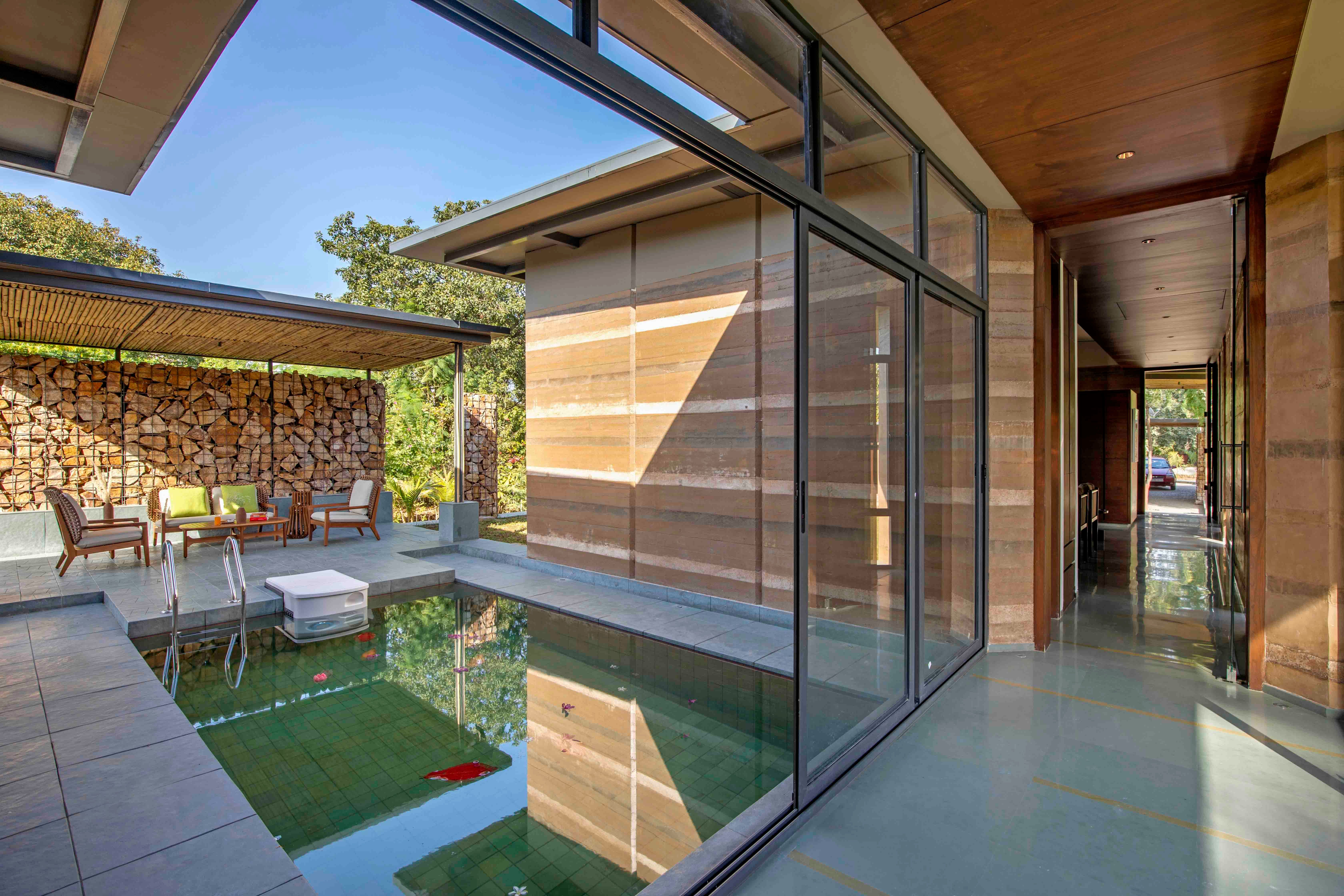
Sustainability Takes Center Stage: AADA 2023's Eco-Friendly Showcases
Mr Tan Quee Peng, General Director of RSP Vietnam and esteemed jury member of the 2023 Asia Architecture Design Awards, shares insightful reflections on the prestigious architectural accolade, the awarded projects, and the future potential of Asian architecture.
What is your overall assessment of the projects participating in AADA this year?
As the inaugural launch of the Asia Architecture Design Awards (AADA), we have witnessed a diverse array of projects showcasing various scales, constraints, and approaches. The outstanding works displayed remarkable sensitivity and ingenuity in their response to the concept, context, site limitations, and program requirements. These projects have left an impressive mark, and as a member of the judging panel, I am delighted to recognize and honor their exceptional achievements.
Mr Tan Quee Peng, General Director of RSP Vietnam and esteemed jury member of the 2023 Asia Architecture Design Awards
Which project impressed you the most? What is the reason?
As an architect, I have encountered numerous impressive projects across different architectural sectors, but what truly captivated me is the essence of domesticity, which holds a special place in my heart.
Among the multitude of architectural projects, one project that left a profound impression on me is "The Ngõ." It is a work that artfully transforms the remnants of a narrow alleyway, or "ngõ" in Vietnamese, between shop houses into a space that exudes the essence of Vietnamese culture and tradition. Delicately crafted, this work navigates the interplay of light and shadow, guiding one through a mesmerizing journey of small, well-defined spaces. What captivates me most is the central courtyard, where three generations of a family converge.
The meticulous use of materials adds a touch of simplicity and elegance to the overall design. I find myself captivated by the subtle beauty and thoughtful execution of this project, making it a true masterpiece of residential design in Vietnam.

Project The Ngõ.
In recent years, the trend of integrating architecture with environmental elements and enhancing sustainability has been widely applied not only in Asia but worldwide. How do the projects participating in AADA reflect this trend?
There are several remarkable projects that exemplify the sustainability trend, but two particularly stand out to me. One of them is the Earth House, which impressively utilizes tamped or ramped Earth walls, showcasing a strong commitment to sustainability. Internally, the connection with the earth's sensibility is striking, while the clever wall placements offer privacy, shade from solar heat gain, and breathtaking views. Furthermore, the owner's dedication to sustainability shines through as they have implemented strategies for achieving net-zero electricity, food self-sufficiency, and water harvesting.
The second project that caught my attention is the landscaping endeavor in Sikanderpur forest, India. Here, a disused mining site undergoes a brilliant transformation. Addressing the challenge of diverted flooded water away from the area shows their ingenuity in dealing with environmental constraints. Moreover, their prudent use of on-site materials and recycled construction materials for in situ construction speaks volumes about their environmental consciousness. The design, thoughtfully integrating with the contours and colors of the landscape, further underscores their commitment to sustainability.

Project The Earth House.
One of the prominent factors that makes Asian architecture stand out is the incorporation of unique cultural identity into architectural designs. How do you evaluate this aspect through the projects participating in AADA? Is there any project that impressed you?
When discussing the unique cultural identity of Asian architecture, we find a delicate balance between preserving traditional cultures and fostering innovation. The most exceptional and successful designs achieve a captivating dialogue between these two aspects while abstracting their ideas. An excellent illustration of this can be seen in the Dhawa interior design project, where the craft of Quy Nhon culture harmoniously integrates with contemporary design.
In the Aayi House of India, a charming simplicity takes center stage, expressed through a varied use of colors, uncomplicated furnishings, and carefully chosen materials. The result is a warm and intimate atmosphere, evoking a sense of home.
On the other hand, the Silhouette House embraces a dark and modern aesthetic sensibility. Though highly abstracted, this design thoughtfully incorporates oriental ornaments, effectively representing the cultural identity of the homeowner.
Even in the realm of furniture design, cultural inspiration shines through. A notable example is the TonKin furniture, drawing from the straw dunes found in rice fields. Through abstraction, unique coffee tables and stools are created, capturing the essence of this traditional idea in a highly artistic form.
These examples underscore the essence of Asian architecture's cultural identity, skillfully blending tradition and innovation to create captivating and meaningful spaces.

Project Dahwa Quy Nhon.
From the winning projects this year, how do you assess the position and potential for development of Asian architecture?
I think many have said that this is actually the Asian century and much of Asia and Asian architecture has become and will become the new center of the world.
The region's abundant cultural heritage provides a rich source of inspiration for reimagining modern architecture. The subtlety and sensitivity ingrained in Asian culture serve as a well of creative ideas that can be interpreted in various architectural sensibilities.
One fascinating aspect is how Asian architecture artfully balances space and form's materiality, effectively creating a sense of tension. The translation of spatial hierarchy into distinct architectural forms, as well as the exploration of notions of space, privacy, and publicity, all contribute to the captivating allure of Asian designs.
In Southeast Asia, particularly, the influence of climate becomes evident in the translation and evolution of architectural spaces. Architects ingeniously incorporate elements like moving window screens to harmonize with weather conditions, temperature, and natural light, while thoughtfully addressing matters of publicity and privacy.
I think the position and potential for development of occasion architecture bodes well in the future for Asia and the world at large.